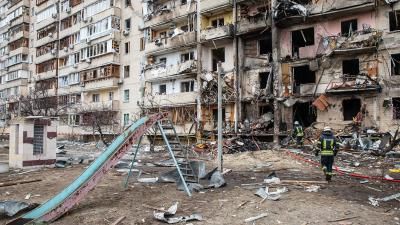The findings have been detailed in a new report from Lloyd’s Register Foundation – Engineering safer workplaces: Global trends in occupational safety and health – which is based on data from the latest World Risk Poll. The data was collected by global analytics firm Gallup, who conducted 147,000 interviews in 142 countries and territories around the world.
The rates of reporting harm are consistent across demographic groups. There is little difference at a global level between genders (men 51%; women 51%), levels of education (primary 50%; secondary 51%; tertiary 52%) or in-country income levels (all five income quintiles between 49% and 52%). Significantly, however, the type of employment does appear to make a far greater difference.
On a global scale, the reporting of workplace harm when it occurs is more common among those in more stable forms of employment, such as full-time employment for an employer (57%), than those part-time (49%) or self-employed (47%). This supports previous research, detailed in the report, which shows how temporary workers are more fearful of reprisals if they report instances of workplace harm.
Despite being an important part of controlling hazards and risks in the workplace, the report also found that almost two thirds (62%) of those currently in the workforce around the world have never received occupational safety and health (OSH) training about risks associated with their work. Just under a third (30%) said they had received OSH training within the last two years.
The Czech Republic and Latvia are the countries with the highest proportion of workers trained in the last two years (both 77%). At the other end of the scale, Senegal had the lowest proportion at just 11%.
According to the data, people employed full-time by an employer are around twice as likely to have had recent workplace safety training (41%) as those employed part-time (23%).
Martin Cottam, Chair of ISO Technical Committee 283 on Occupational Health and Safety Management, said: “The World Risk Poll results should make sobering reading for HR professionals and all those working to encourage better occupational health and safety performance.
“The shockingly low rates of training across the board, along with figures of workplace harm, highlight a global scale, ongoing challenges that we must all work together to address. There are plenty of discussions about the plethora of tools and methods available to reduce harm, but now is the time for action, especially when it comes to safety and health training.”
Nancy Hey, Director of Evidence and Insight at Lloyd’s Register Foundation: “The occupational health and safety findings from the latest World Risk Poll are deeply concerning, and we hope they can serve as a wake-up call for all those with responsibility for worker wellbeing, including the HR and Public Health sectors.
“It seems that many workers do not have appropriate reporting tools available to them, or if they do, there are factors that discourage them from using them. Action to remedy this situation must be taken. Reporting tools for workplace harm can take different forms, but in all cases it is important that efforts are made to ensure all employees are familiar with them, and feel empowered to use them – especially those working part-time.
“Clear reporting tools and procedures should form part of any organisational culture which fosters and promotes safety and wellbeing.”



